In commercial greenhouses, several strategies can be used to help properly manage light levels throughout the day and seasonally. Some of the primary reasons why greenhouses manipulate light levels include temperature and irrigation management, photoperiod control, minimizing crop stress, and optimizing photosynthesis.
Supplemental lighting with high-intensity discharge (HID) lamps can increase the light intensity a crop receives and improve and accelerate its growth and development. Retractable shade curtains and whitewash can reduce and scatter light intensity to create a more desirable growing environment during high-light periods. This publication examines the characteristics of green-
house lighting and describes one management option, daily light integral (DLI).
What Is Light and Why Is It Important?
Light is a form of energy called electromagnetic radiation. Electromagnetic radiation, whether from sunlight or HID lamps [e.g., high-pressure sodium lamps (HPS) or metal halide] varies in duration (energy over time), quality (wavelength or color), and intensity (the amount of light at each wavelength or color).We will only focus on photosynthetically active radiation (PAR), which is light with a wavelength between 400 to 700 nm — this also happens to be the light people can perceive. Increasing energy in the PAR range increases plant photosynthesis, (the plant’s most basic metabolic process).
Each crop species has an optimal light intensity that maximizes photosynthesis and plant growth. When there is not enough light, growth and crop quality can decline; and if there is excessive light, photosynthesis and growth will not increase despite the expense of keeping the lights on.
Measuring Light
The most common units for measuring light are the foot-candle (primarily in the United States) and lux (primarily in Europe). It is important for growers to understand the limitations of these units. Both units provide an instantaneous light intensity at the time the reading is taken. As we all know, natural light levels are continuously changing and a single measurement in time does not
accurately represent the amount of light a plant has received in a day. Just as important, foot-candles are “photometric” units based on the amount of visible light detected by the human eye (primarily green light). That means foot-candles are focused on people
and not appropriate for indicating plant photosynthesis. Most horticultural researchers measure instantaneous light in micromoles (μmol) per square meter (m-2) per second (s-1), or: μmol·m-2·s-1 of PAR. This “quantum” unit quantifies the number of photons (individual particles of energy) used in photosynthesis that fall on a square meter (10.8 square feet) every second. However, this light measurement also is an instantaneous reading.
Daily Light Integral
Daily light integral (DLI) is the amount of PAR received each day as a function of light intensity (instantaneous
light: μmol·m-2·s-1) and duration (day). It is expressed as moles of light (mol) per square meter (m-2) per day (d-1), or: mol·m
-2·d-1 (moles per day).
The DLI concept is like a rain gauge. Just as a rain gauge collects the total rain in a particular location over a period of time, so DLI measures the total amount of PAR received in a day. Greenhouse growers can use light meters to measure the number of light photons
that accumulate in a square meter over a 24-hour period. Jim Faust and colleagues at Clemson University have developed maps of monthly outdoor DLI throughout the United States (Figure 1). These maps illustrate how latitude, time of year, length of day (photoperiod), and cloud cover influence DLI and vary from 5 to 60 mol∙m-2∙d-1.
In a greenhouse, values seldom exceed 25 mol∙m-2∙d-1 because of greenhouse glazing materials and superstructure, the season (which affects the sun’s angle), cloud cover, day length (photoperiod), shading, and other greenhouse obstructions, such as hanging baskets.The Importance of DLI in Greenhouse Production DLI is an important variable to measure in every greenhouse because it influences plant growth, development, yield, and quality. For example, DLI can influence the root and shoot growth of seedlings and
cuttings, finish plant quality (characteristics such as branching, flower number and stem thickness), and timing. Commercial growers who routinely monitor and record the DLI received by their crops can easily determine when they need supplemental lighting or retractable shade curtains. This is especially true for growers in northern latitudes where the majority of crops are propagated from December to March and naturally occurring outdoor DLI values are between 5 to 30 mol·m-2·d-1. Furthermore, these values can be 40 to 70 percent
lower because of shading from greenhouse glazing, structures, and hanging baskets. These obstructions can result in an average DLI as low as 1 to 5 mol·m-2·d-1. There are devices that automatically measure and calculate the DLI your greenhouse crops are receiving. One of these is the WatchDog weather station manufactured by Spectrum Technologies (Figure 2). This instrument is portable and should be placed next to your crop to determine the DLI for that particular area. Some models can be connected to download
data automatically to a computer
Another method to measure DLI is to use a light quantum sensor connected to a data logger or computer (Figure 3). The sensor measures instantaneous light intensity (preferably in μmol.m-2.s-1) at some defined interval (such as once every 15 to 60 seconds),
which allows you to calculate DLI. Table 1 on page 4 provides DLI calculations based on average hourly foot-candles or μmol·m-2·s-1
of PAR measurements. No matter which sensors you use, it is important to keep all light sensors level and clean to assure accurate readings.
DLI Recommendations
Plants grown under light-limiting conditions (a low DLI), typically have delayed growth and development. Research conducted at Michigan State University indicated that maintaining a DLI between 4 to 11 mol·m-2·d-1 during stage 2 (callusing) and stage 3
(root development) accelerates propagation of petunia and New Guinea impatiens cuttings (Figure 4). Experiments with these petunias and New Guinea impatiens have shown that, as propagation DLI increases, rooting, biomass accumulation (root and shoot growth), and quality (reduced stem elongation) generally increase, while subsequent time to flower generally decreases. Similarly, experiments with
seedlings of celosia, impatiens, salvia, marigold, and viola showed that quality parameters at transplant increased when DLI increased up to 12 mol·m-2·d-1.
Based on this research, we recommend that greenhouse growers provide a minimum of 10 to 12 mol·m-2·d-1 of light during the finish stage to produce many shade-intolerant floriculture crops. But remember, DLI requirements differ between greenhouse crops as outlined in Table 2 on pages 5-7. Some growers separate their floriculture crops by DLI requirements. Crops with a DLI requirement of 3 to 6 mol·m-2·d-1 are considered low-light crops, 6 to 12 mol·m-2·d-1 are medium-light crops, 12 to 18 mol·m-2·d-1 are high-light crops, and those requiring more than 18 mol·m-2·d-1 are considered very high light crops.
Convert PAR to DLI.
Do this by using the following equation:
PAR (μmol.m-2.s-1) x 0.0864 = DLI
The 0.0864 factor is the total number of seconds in a day divided by 1,000,000
 Happy growin'
Happy growin'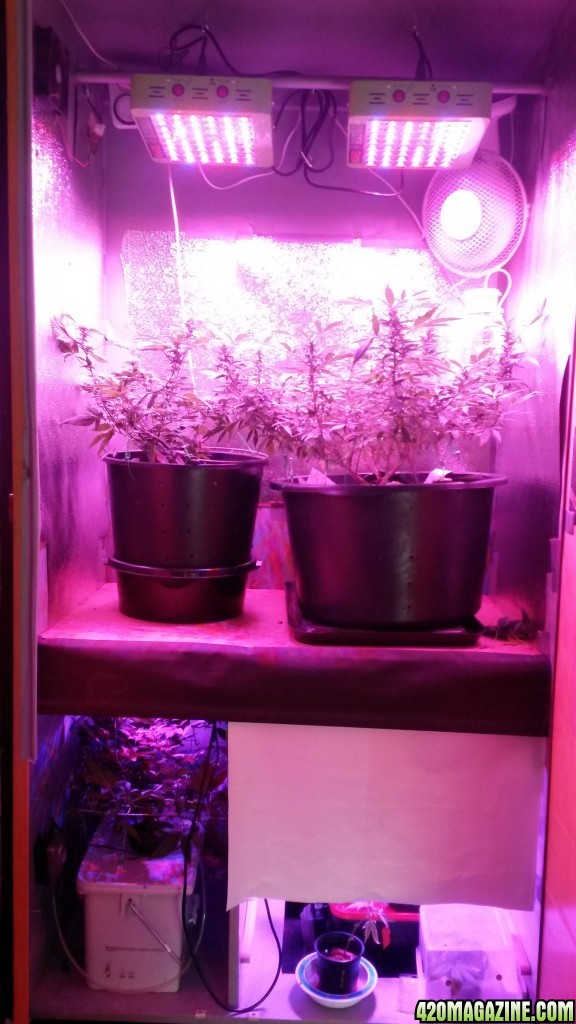
 Happy growin'
Happy growin'






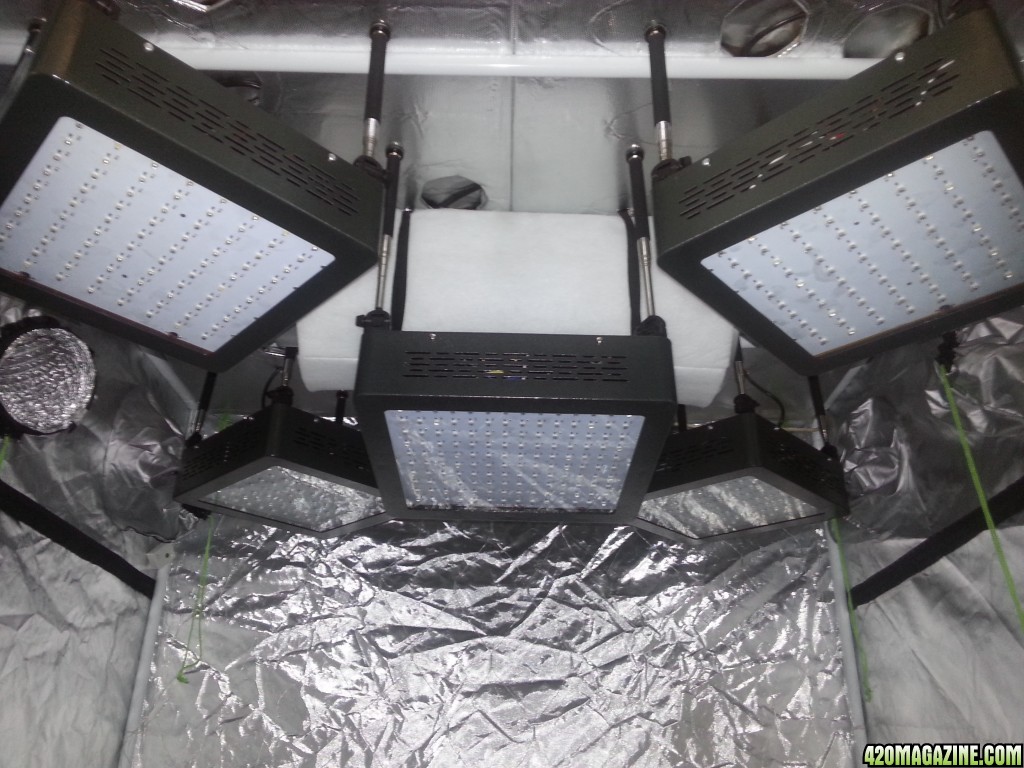
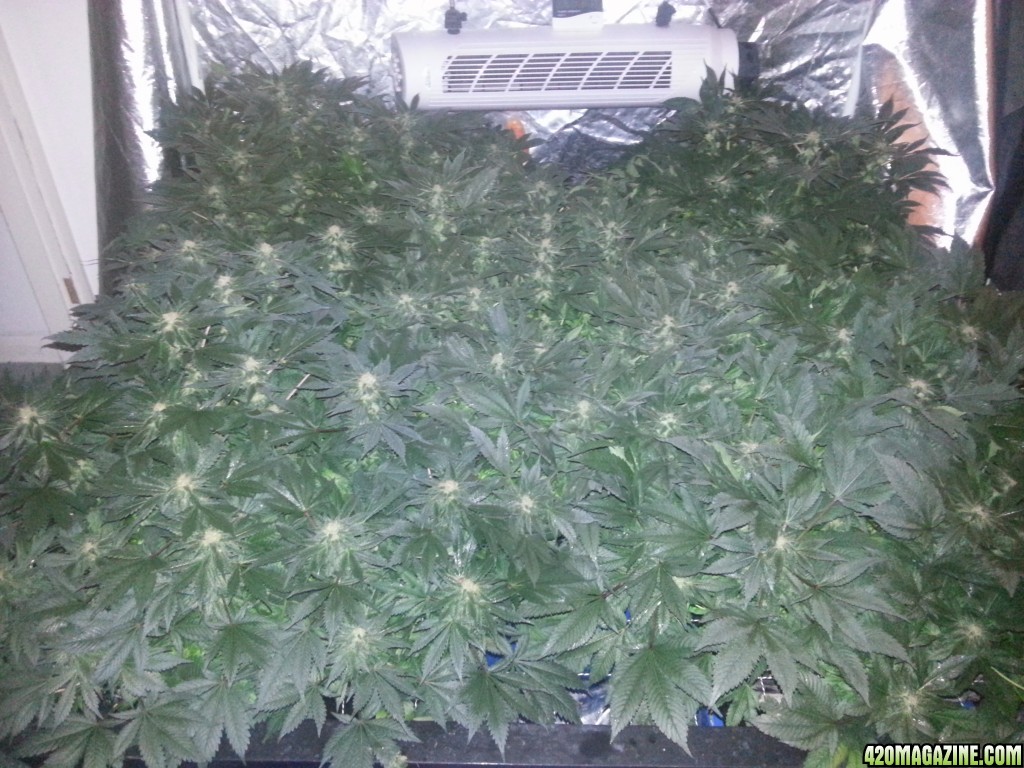
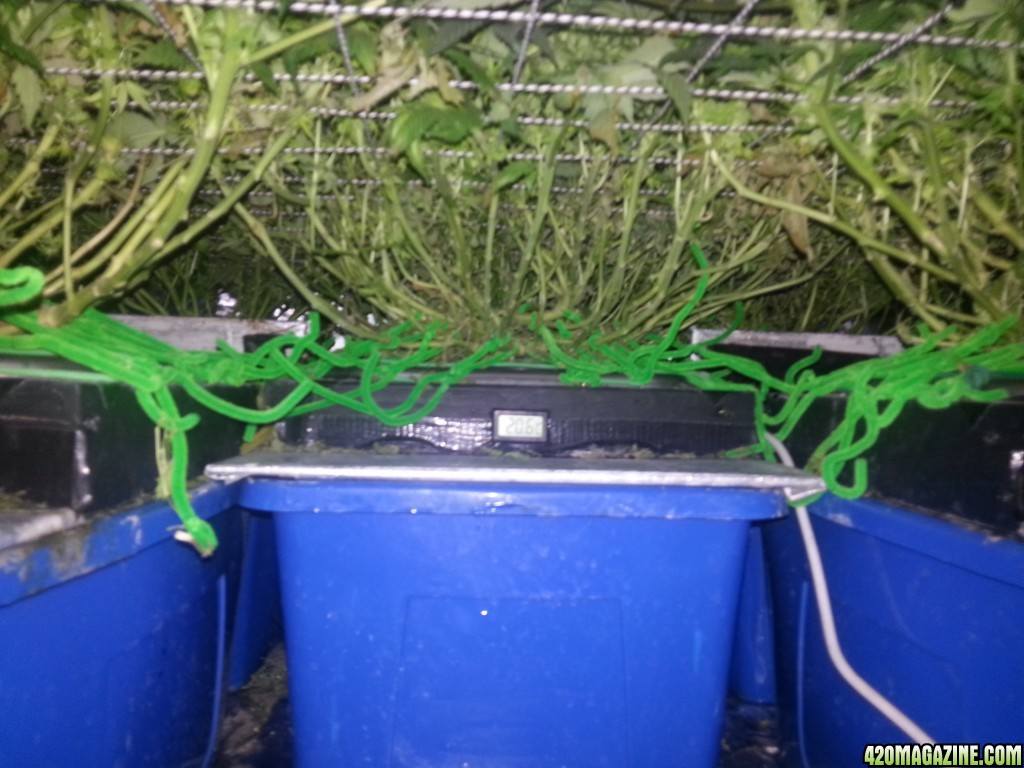
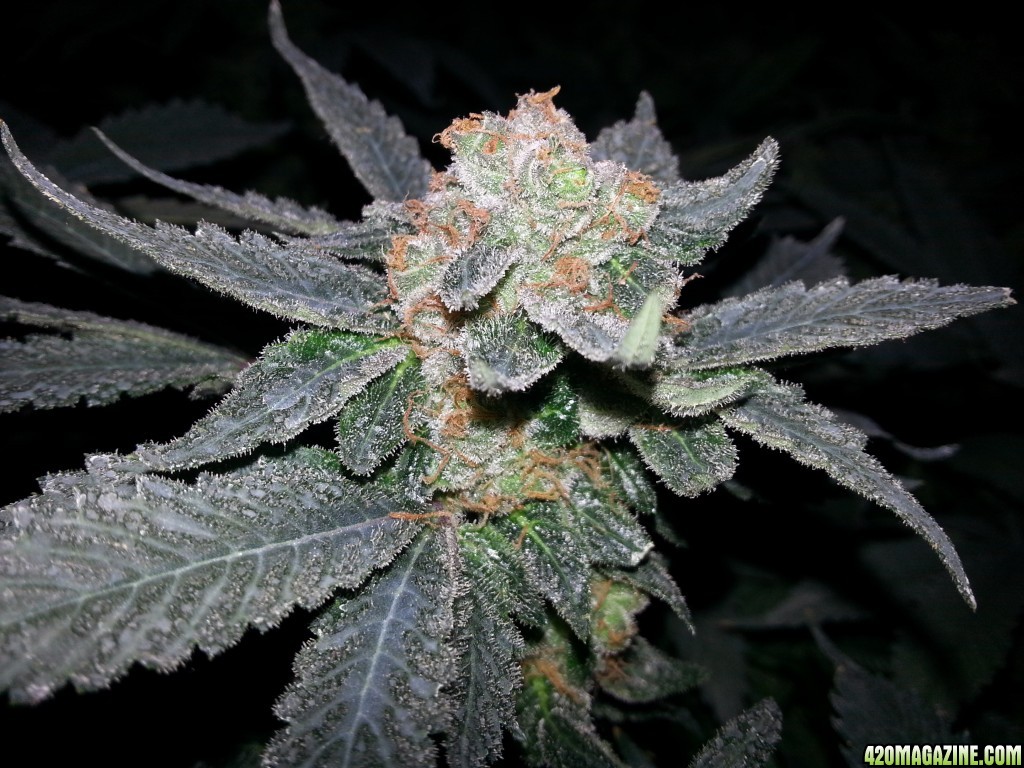
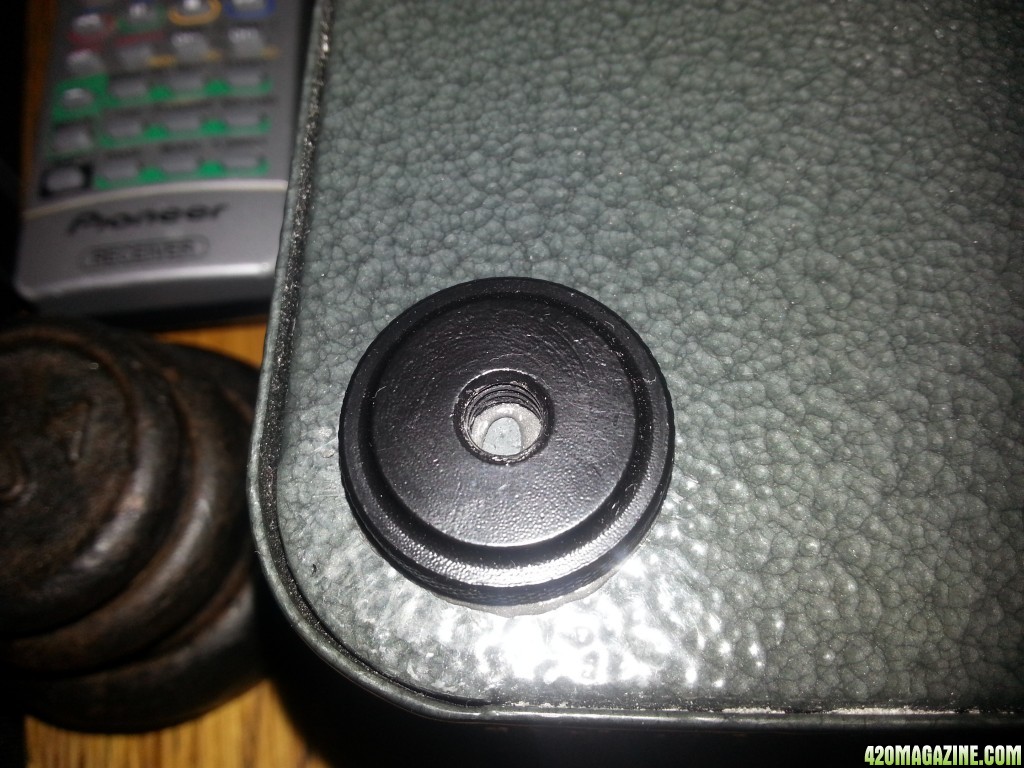
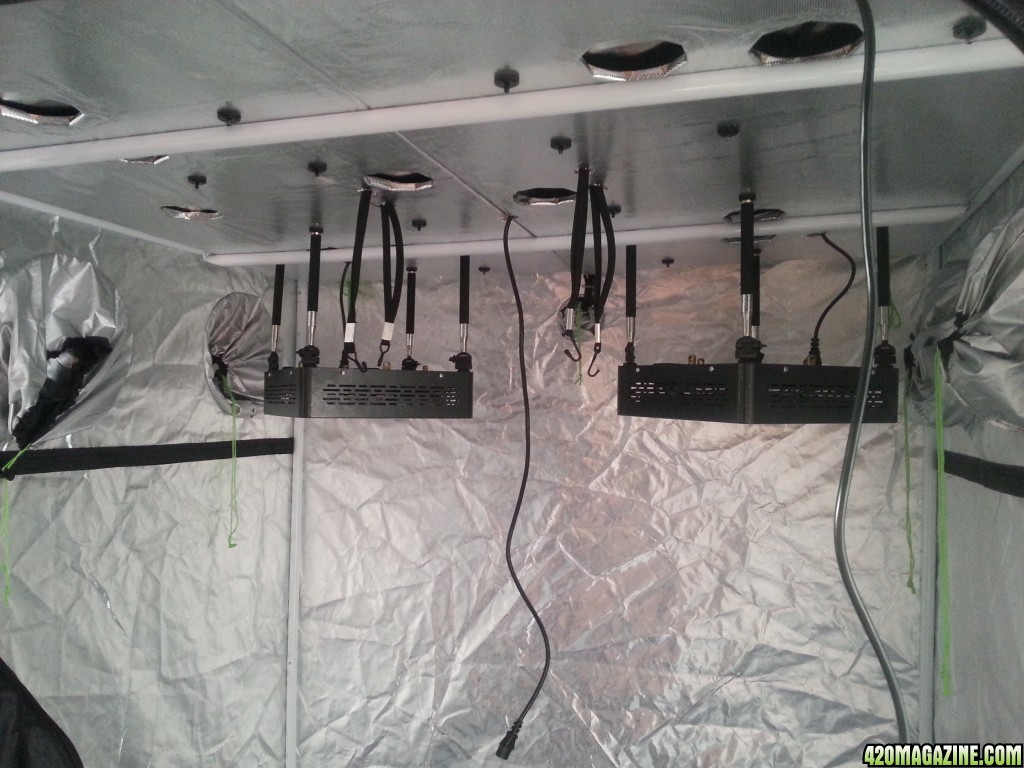
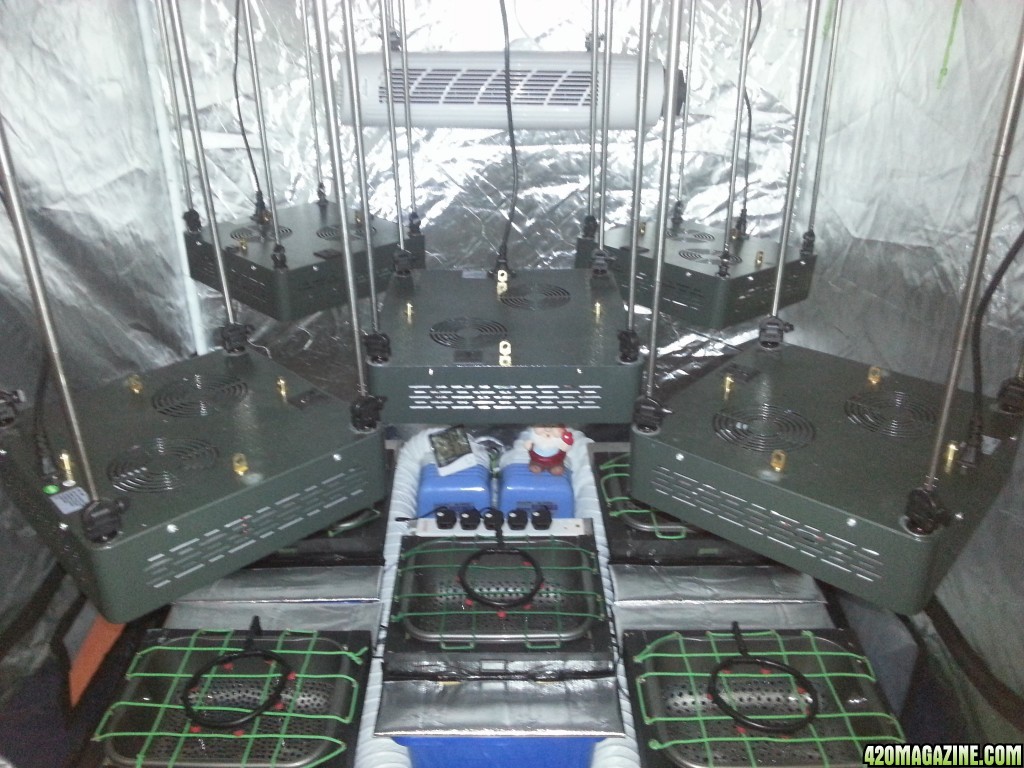
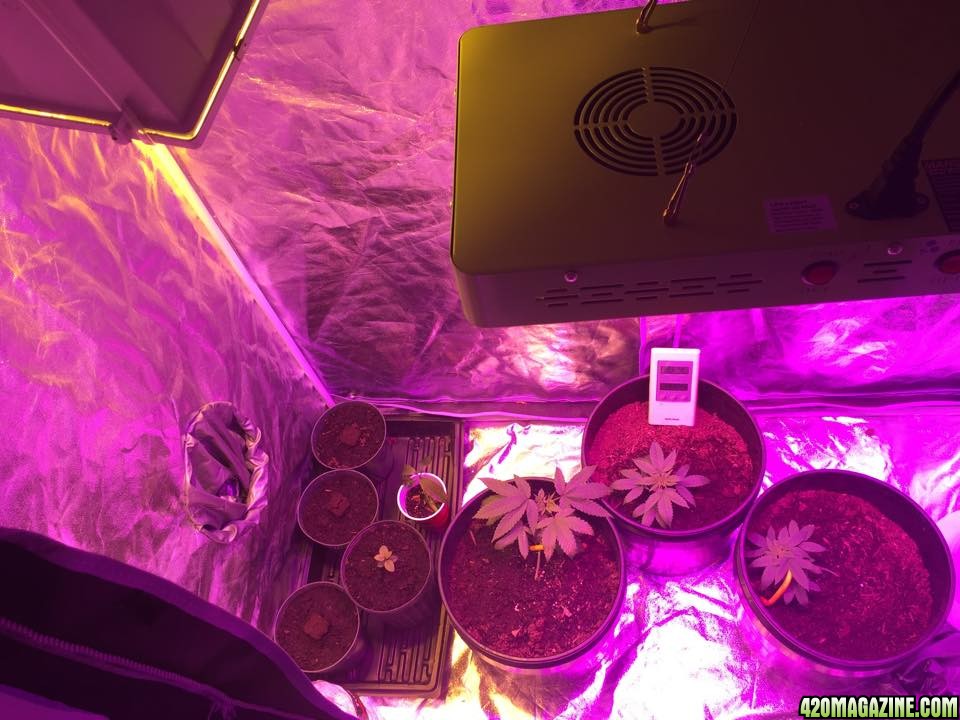


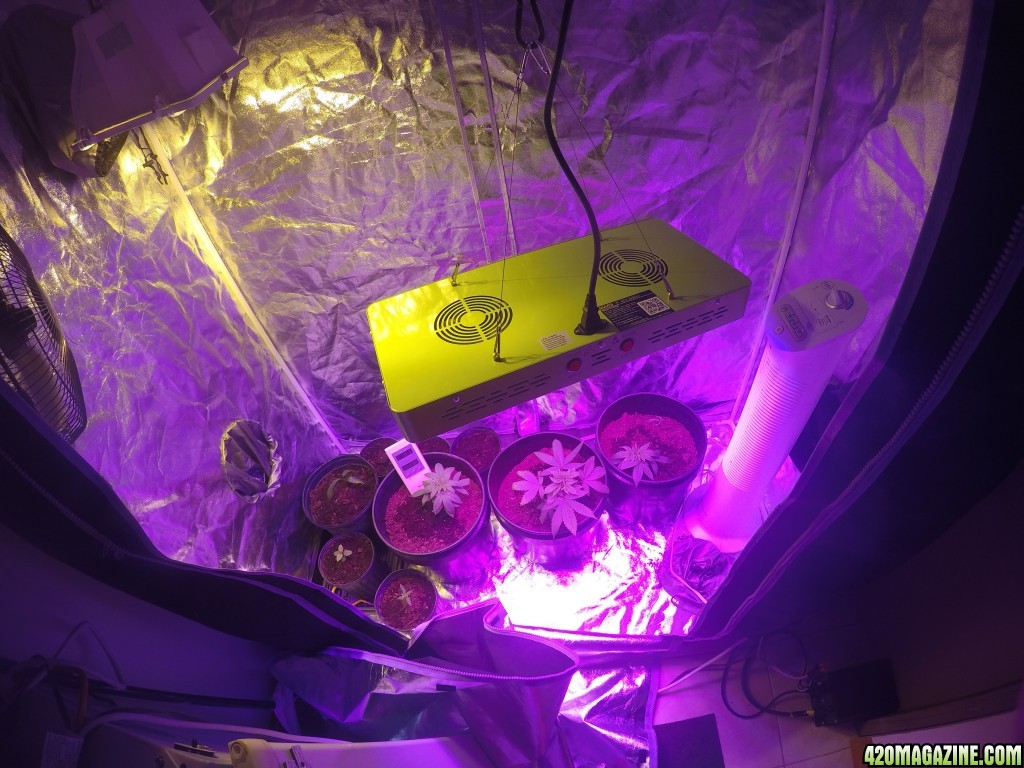
 The price will come down.
The price will come down.  I will keep in touch.
I will keep in touch.
